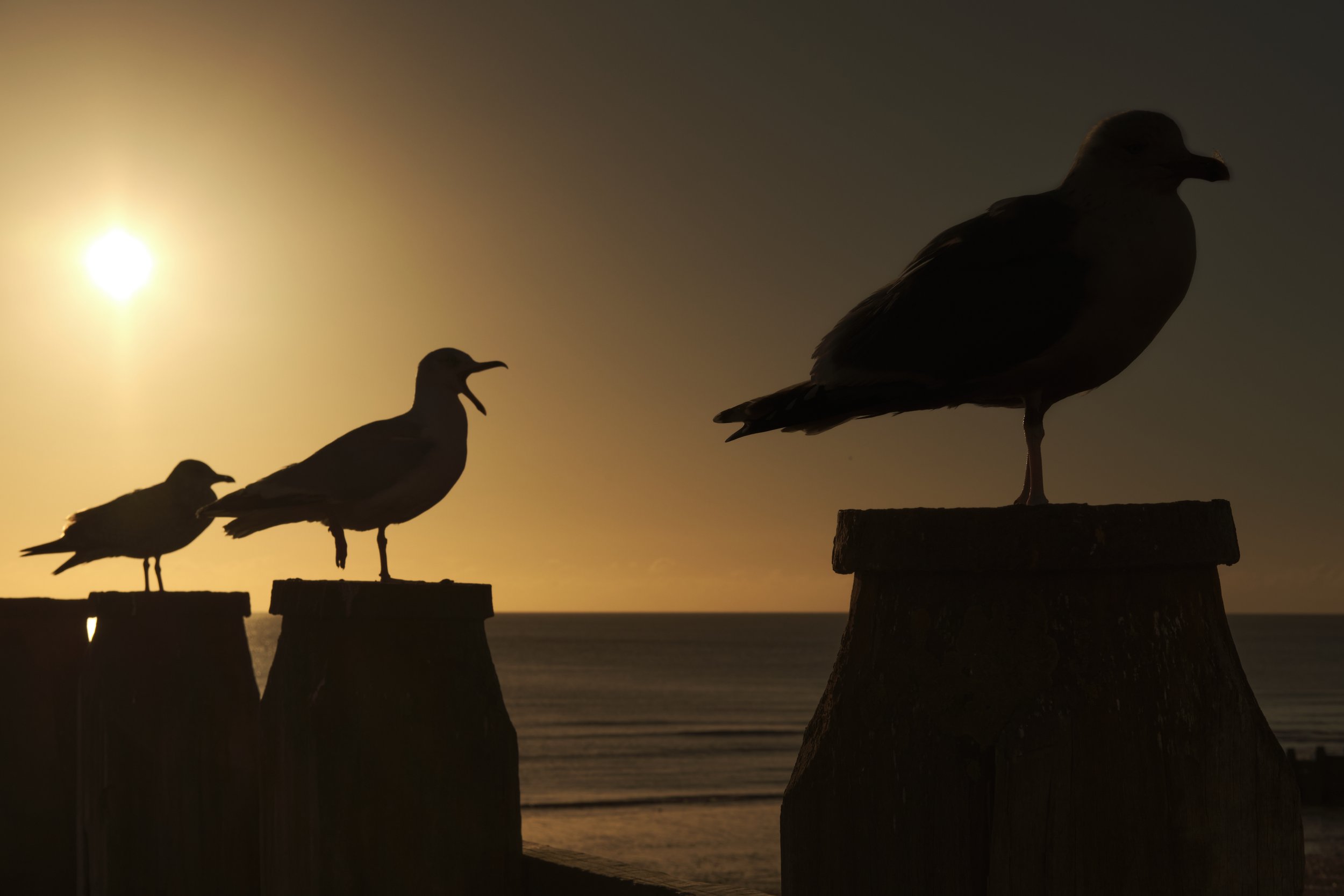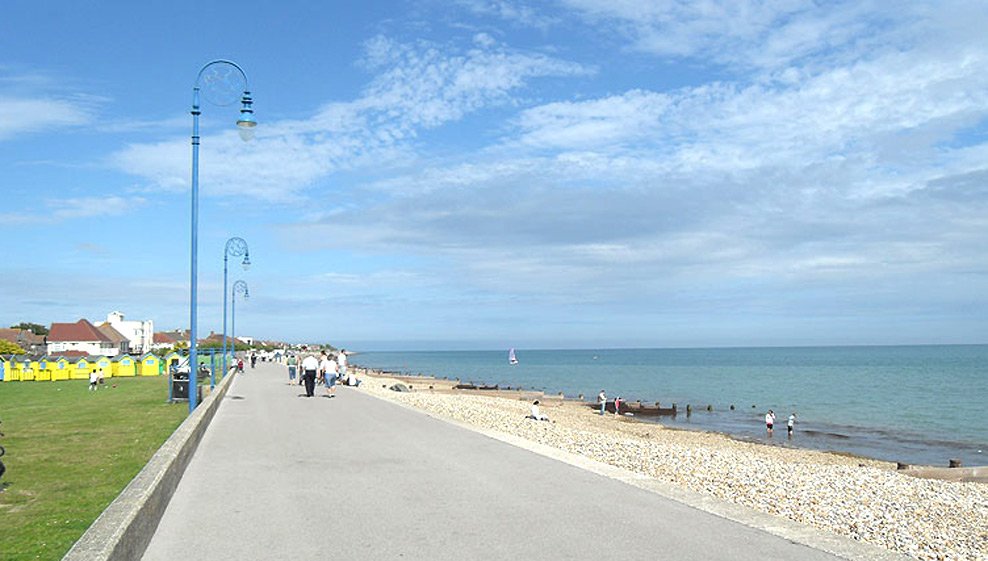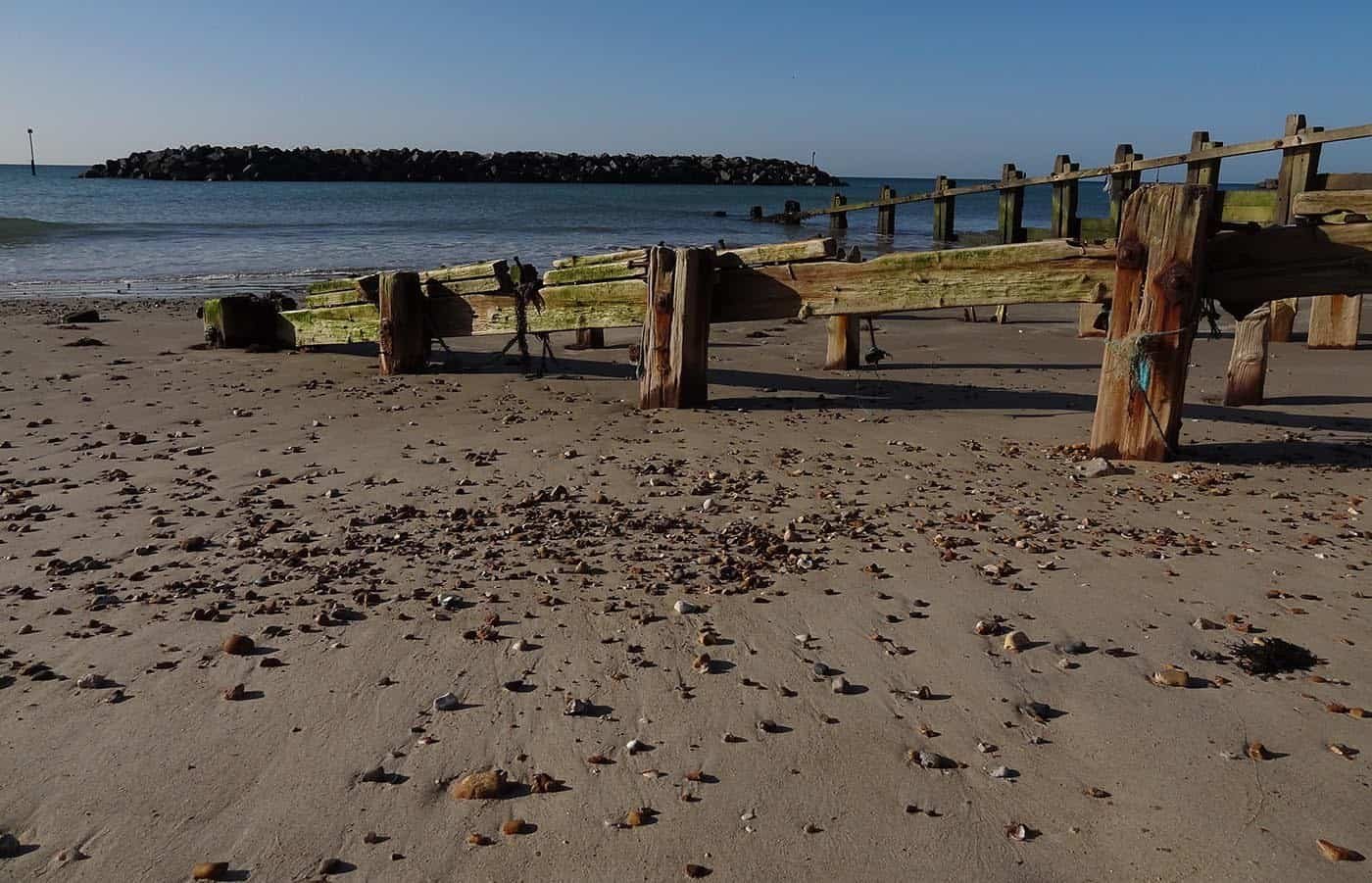
Properly planned, Truly Green Wind Farms Should Be Supported
We support all forms of truly green renewable energy. However, there is a proposal for a completely new and independent wind farm in the Sussex Bay which would NOT be green. Four years ago, existing wind farms in the UK were offered the opportunity to propose more turbines to make a moderate increase in their output. Rampion 2 is the result. The current Rampion wind farm is 400MW in power. The new proposal is for three times more power at 1200MW. It would cover more than four times the area. The turbines could be taller than the Eiffel Tower – taller than the highest peak of the South Downs. This is not what was expected. There are many reasons why this particular project should not be part of the country’s path to Net Zero.
This new Rampion 2 project, if it goes ahead, will not use or connect to any of the existing turbines, onshore or offshore cable connections, or substations of the existing Rampion wind farm and so does not need to be located in the Sussex Bay.
Rampion 2 would be INSHORE – NOT OFFSHORE – this would be against the Government Guidelines and Policy.
Rampion 2 would NOT be linked to the planned National Grid’s Offshore Transmission Network. This offshore network aims to link up all the proposed wind farms needed to reach the new target of 40GW offshore wind by 2030. The network is expected to save £6 billion by 2050 over the current system of a single link onshore for each wind farm and be much more reliable. Rampion 2 would be outdated – it will need a SECOND onshore cable link with a 50-metre corridor through the South Downs National Park, creating significant unnecessary harm.
Being close inshore, Rampion 2 would be in an area of low wind power. The newest wind farms in the UK pipeline are all in areas of high wind power. These newest wind farms will produce typically double the energy than Rampion 2 could. They would be truly green. We invest heavily in the CO2 emissions caused by the building and installation of wind farms – so we need these higher outputs to recover this investment quickly and reach net zero as quickly as possible. Moreover, each turbine has typically 7 tons of rare earth magnets that are globally in very short supply. We need to use our resources wisely.
Rampion 2 is not necessary to meet Governments targets for net-zero. There is already 60GW of offshore wind capacity in the UK pipeline to meet the 2030 target of 40GW. This is because the Crown Estate expects the unattractive and inefficient projects not to go ahead. Dropping this project would not therefore slow our path to net zero.
We must not rush too far ahead of the targeted growth, in an unplanned and potentially damaging way. Significant scale floating offshore wind farms will be launched shortly which can be in areas of very-high wind power and where they will have no impact on coastal or migrating wildlife.
Our wildlife would be severely impacted by the Rampion 2 wind farm. Silt from dredging and piling will stop Crab and Lobster from breeding offshore from Selsey and Littlehampton, and stop fish breeding in the adjacent Marine Protected Areas. Coastal and migratory birds, bats and insects cross the area proposed and would be significantly impacted. Not only should all wind farms be truly offshore to protect coastal wildlife but Birds, bats and insects migrate across the Sussex bay and would be impacted. The RSPB requires significant restrictions to help alleviate the impact on migratory birds and recommends no wind farms in the Sussex bay at all. They would primarily welcome floating offshore wild farms in the northern North Sea and far offshore from Cornwall. There are also trillions of insects which fly in the South of England and migrate across the channel. These would also be impacted by the very wide stretch of Rampion 2.
NOWHERE on the UK Coast are there such large turbines as close to the shore as Rampion 2 proposes and NOWHERE on the UK Coast is there a Wind Farm spanning such a large proportion of the horizon (in operation, under construction, or with a planning application filed). Windfarm Animations can be viewed here. Such a wind farm would have a very significant impact on the seascapes from the South Downs National Park, and 50-miles of the coastal path. It is likely to have a significant negative impact on the wellbeing that sustains our communities in Sussex and cause a significant fall in tourist income upon which so many livelihoods depend. This proposal would run counter to the PMs announcement in Nov 2020:
“Britain’s iconic landscapes are part of the fabric of our national identity – sustaining our communities, driving local economies and inspiring people across the ages. That’s why with the natural world under threat, it’s more important than ever that we act now to enhance our natural environment and protect our precious wildlife and biodiversity. “
Who We are
We are a group of people who live, work and breathe in Coastal Sussex. We care about our environment and our local economy. We are in contact with numerous Town Councils, Local Councils, Environmental Groups and Community Organisations and work closely with our local Members of Parliament and local landowners. An Action Group extends to numerous residents from along the Sussex Coast to inform and support them with advice on how they may take concrete and proactive steps to raise their voices and better inform decisions that affect them and their children.
Our membership includes scientists, ecologists, engineers and other professional persons. We are well versed in researching data, preparing reports and publishing news based on evidence based facts.
What we believe in
Like many people, we are concerned about climate change and support the Government’s aim to achieve net carbon zero for all UK society by 2050. We recognise the great importance of switching from fossil fuels to renewable energy sources, so long as the new sources of energy are sustainable, efficient and cause no environmental harm.
The development of offshore windfarms must respect our precious seascapes and must not impact adversely on the wellbeing of local and migratory birds or marine life, and must not be destructive to important habitats, such as those in the South Downs National Park.
We believe that the Government’s recommendations for protecting visual impact must be recognised and adhered to. Namely, any new offshore windfarm developments must be at least 14 miles from the coast and at least 25 miles from sensitive locations, such as the South Downs National Park.
We support sustainable forms of infrastructure development which by definition means projects that balance environmental, social and economic values to meet current and future needs. Informed public acceptance is a highly important aspect of sustainable development.












